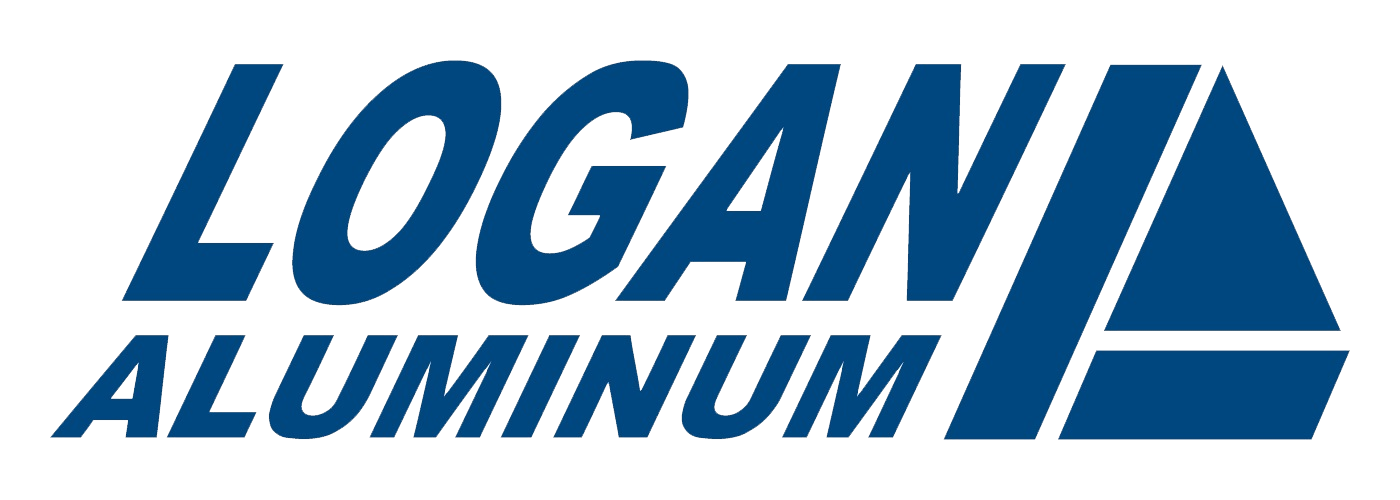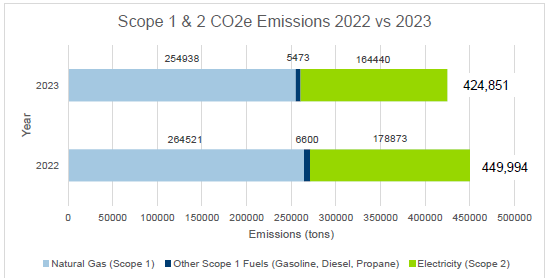Our effort in environmental sustainability includes investments in air pollution control equipment, recycling many types of non-product outputs including wooden pallets, cardboard, electronics, white paper, as well as many other things. Additionally, we have an established Energy Reduction Task Force that is charged with minimizing total plant energy usage through investment of new technology and continuous improvement activities.
Safety
At Logan Aluminum our vision is to demonstrate an increasing capability to operate injury free and to eliminate all “Life Changing Injuries”.
Health and Safety Leading Indicator Focus
Logan Aluminum is deeply committed to safety sustainability, prioritizing the well-being of its employees and fostering a culture of proactive safety engagement. Annually, Logan Aluminum identifies and mitigates high-risk scenarios before incidents occur by implementing critical initiatives focusing on Serious Injury and Fatality potential (SIFp) prevention projects. These continuous improvement projects may include exposure reductions around MEPS (Mobile Equipment and Pedestrian Separation), Machine Safeguarding, Fall Protection, Hazardous Energy Control (Lockout-Tagout), Cranes & Lifting Equipment Safety, Molten Metal Explosion Prevention, Exposure Identification training, Human Operational Performance, etc.
Safety Principles
- Safety is Non-Negotiable
- Logan Aluminum has an expectation that all work can be performed injury-free. All team members will hold themselves and each other accountable for behaviors in accordance with safe work practices.
- All levels of the organization will clearly communicate in word and deed that safe work behaviors are expected.
- An injury-free work environment requires a cultural change and ensures team members have information, authority and resources required.
- Significant cultural and behavioral change is required, and it will happen with participation and involvement of all team members and is worth the effort required.
- Application of scientific methods, behavioral science, and statistical tools are critical to achieving injury free capabilities.
- At-risk behavior is the best predictor of safety performance.
Environmental
“We shall strive to reduce our environmental footprint and risk profile for Logan Aluminum through superior operational performance and compliance to achieve environmental excellence in all areas.”
We shall:
- Meet or surpass all governmental requirements
- Reduce the severity of environmental incidents
- Reduce, reuse and recycle process materials and waste streams
- Review and advocate effective pollution control technologies and best practices
- Continue to improve environmental communications, quality of environmental reporting and follow-up, training and awareness programs.
Sustainability
Logan Wetlands
The Logan Aluminum Wetlands is a man-made ecosystem spanning over 40 acres, which acts as a natural filtration of our processed wastewater and reduces our dependence on energy and treatment chemicals. Our Wetlands have been naturally filtering our processed wastewater since 1992!

